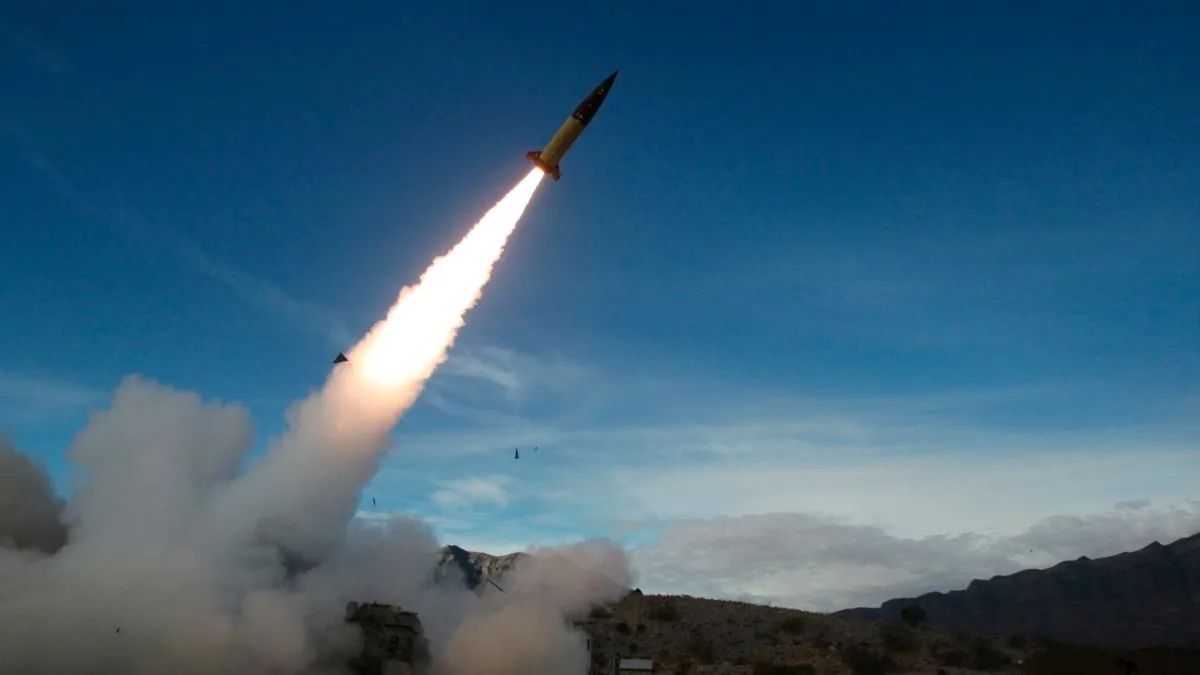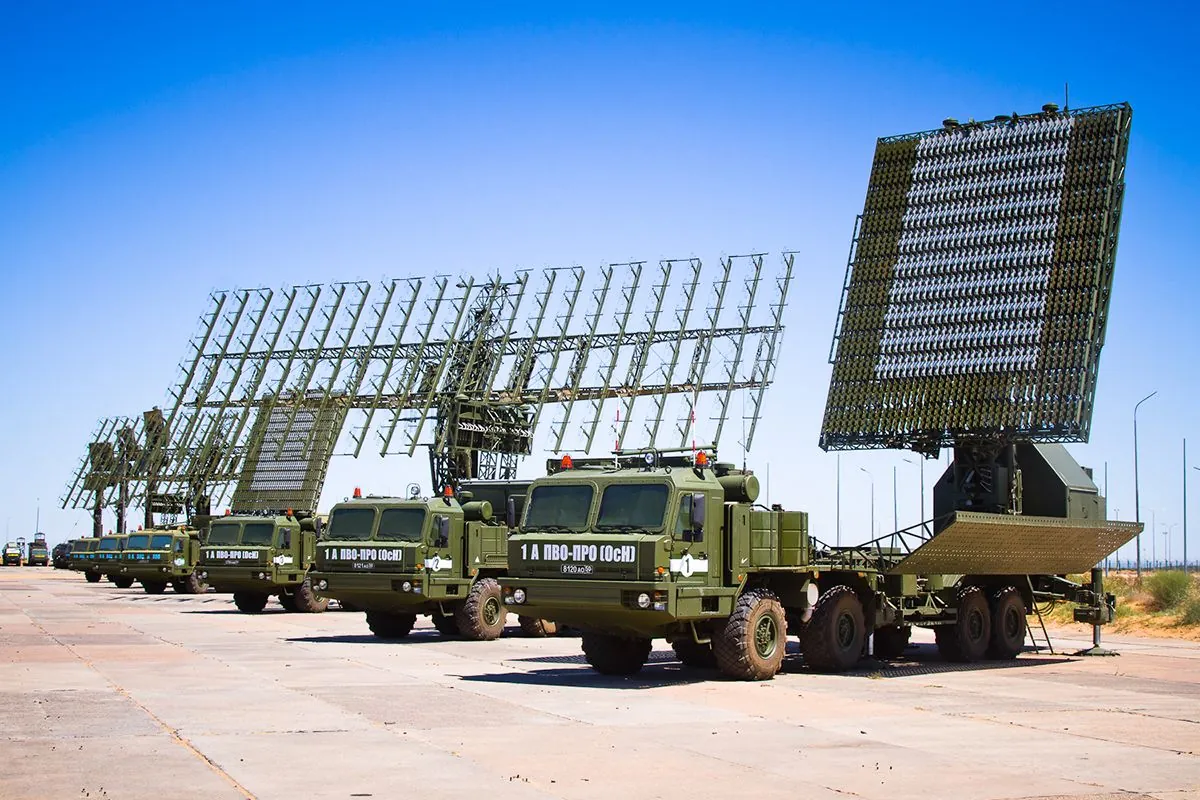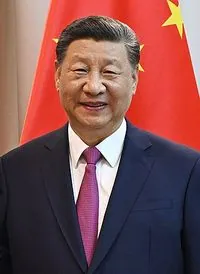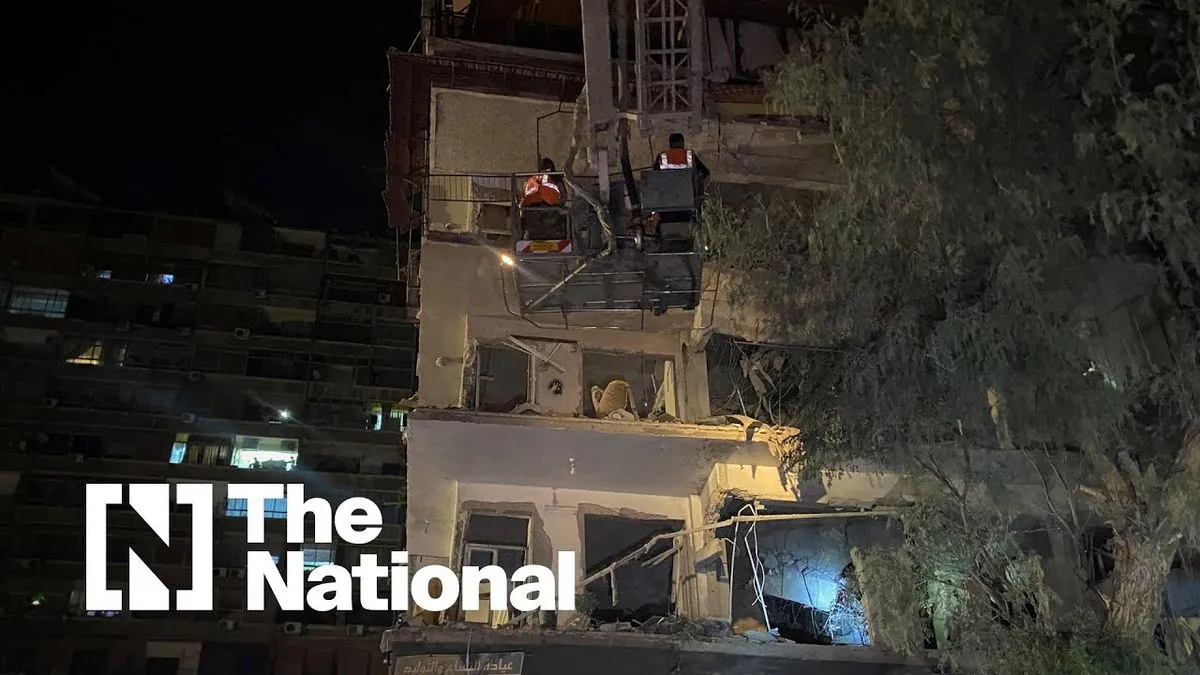Ukraine Strikes Russian Radar with ATACMS, Enhancing Missile Effectiveness
Ukraine's military used ATACMS to destroy a Russian Nebo-M radar, potentially improving the effectiveness of Western-supplied cruise missiles. The strike aims to reduce Russia's air defense capabilities.

In a significant military operation, Ukrainian forces have employed ATACMS ballistic missiles to target a Russian radar installation, aiming to diminish Moscow's air defense capabilities. The strike, announced by the Ukrainian military, focused on a Nebo-M radar station, a sophisticated system designed for detecting stealth aircraft and other aerial threats.
The Ukrainian military stated that the destruction of the Nebo-M radar would create favorable conditions for the effective use of Storm Shadow and SCALP-EG cruise missiles. These Anglo-French low-observable air-launched cruise missiles have become crucial assets in Ukraine's arsenal since their introduction in May 2023.

According to Ukrainian estimates, Russia possesses approximately 10 operational Nebo-M systems, each valued at over $100 million. The Nebo-M, first introduced in 2011, represents a significant component of Russia's air defense network. Its loss could potentially create vulnerabilities in Russian air space monitoring capabilities.
The United States provided Ukraine with long-range ATACMS missiles in the spring of 2023, following months of deliberation. These surface-to-surface missiles, with a range of up to 300 km, have significantly enhanced Ukraine's long-range strike capabilities. However, their use comes with strict conditions set by Washington.
Jake Sullivan, the U.S. National Security Advisor since 2021, previously stated that Ukraine had committed to using ATACMS only within its own territory. This commitment aligns with the cautious approach taken by Western allies to prevent further escalation of the conflict that began with Russia's full-scale invasion on February 24, 2022.
"We need the ability to strike deep into enemy territory to protect our people and infrastructure."
Volodymyr Zelenskiy, Ukraine's president since 2019, has consistently advocated for the ability to use Western-supplied missiles, including ATACMS and Storm Shadow, for strikes deep within Russian territory. However, following discussions with allies in September 2023 and Zelenskiy's visit to the United States, Washington's position on the use of long-range weapons on Russian soil remained unchanged.
The conflict has resulted in Russian forces occupying approximately 18% of Ukraine's territory, which totals about 603,548 square kilometers. This occupation includes Crimea, annexed by Russia in 2014, highlighting the long-standing nature of the territorial dispute.
As the war continues, the strategic use of advanced weaponry like ATACMS, Storm Shadow, and SCALP-EG missiles becomes increasingly crucial. These weapons, capable of striking targets at distances of 300-560 km, provide Ukraine with significant tactical advantages in its efforts to reclaim occupied territories and defend against Russian aggression.
The ongoing conflict has seen unprecedented levels of international support for Ukraine, with the United States alone providing over $75 billion in assistance since the 2022 invasion. This support, combined with Ukraine's strategic use of advanced weaponry, continues to shape the dynamics of the war as it enters its third year.


































